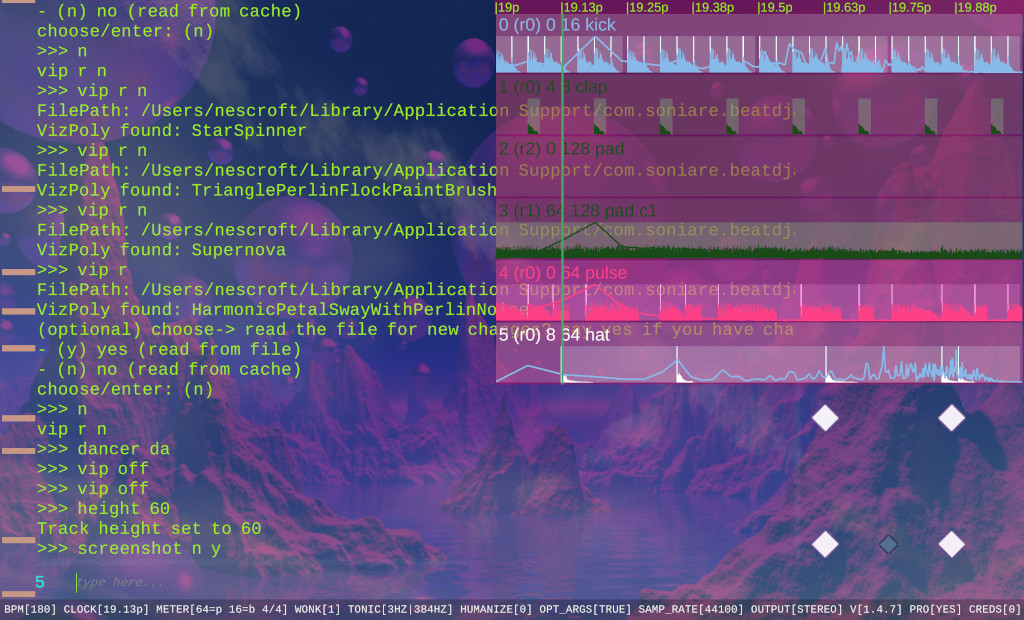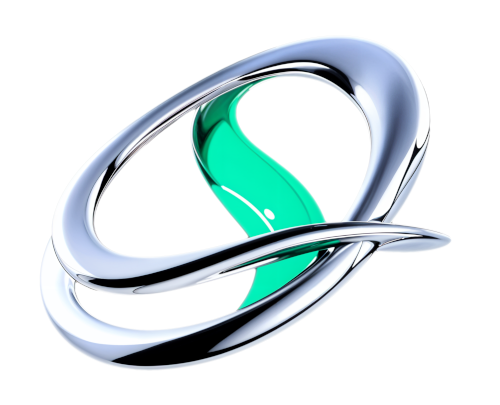- Published on
Liquid DNB Programming: The Science of Smooth
- Authors

- Name
- Joshua Jones
Liquid DNB Programming: The Science of Smooth
 Beat DJ Screenshot
Beat DJ ScreenshotThe Art of Flow
Among the many branches of drum and bass, few have endured with the same emotional pull and musicality as Liquid DNB. Sometimes called "Liquid Funk," this subgenre sits in that beautiful middle ground between dancefloor energy and soulful depth. It's the sound of sunrise sets, late-night drives, and quiet introspection, music that moves both body and mind. Behind its effortless vibe, though, lies a deep craft: the programming of drums, bass, and atmospheres that breathe. This is the science of smooth.
At its core, Liquid DNB is defined by flow. Unlike its harder, techier cousins, Liquid isn't about aggression or distortion; it's about movement, space, and melody. A good Liquid track feels alive, the drums ebb and flow, the bass glides rather than growls, and every element seems to exist in dialogue with the next. It's this quality of breathing rhythm that separates a great Liquid groove from a mechanical loop.
Drum Programming Techniques
So, how do producers achieve that? The secret often lies in the drums. Creating flowing, jazzy patterns starts with hybridization: blending live-sounding breaks with carefully chosen one-shots. This is a technique that dates back to the earliest days of jungle. Producers might take a dusty jazz or funk break, slice it into its component hits, and then layer those fragments beneath or above programmed kicks and snares. The goal is to keep the texture and swing of the breakbeat but retain control over the dynamics. The result is something that feels human but still precise enough to roll at 170 beats per minute.
Another defining trait of Liquid drum programming is the use of ghost hits, those faint, almost whispered snare taps that sit between the main backbeats. They're subtle, sometimes barely audible, but they make the difference between a loop that grooves and one that plods. Adding gentle swing or micro-timing shifts also helps; a Liquid rhythm should never feel locked to a grid. Instead, it should sway like a jazz drummer behind the beat, leaning into the groove with a sense of ease.
Dynamics and texture are equally crucial. Many producers rely on parallel compression, lightly crushing a duplicate of the drum mix and blending it back in with the original, to enhance punch without flattening everything. Reverb and delay are used sparingly, not to wash things out but to create a sense of space. Even small touches, like automating the reverb send of a rimshot or hi-hat over a few bars, can make the rhythm feel like it's breathing in real time.
The LTJ Bukem Blueprint
No discussion of smooth programming would be complete without mentioning LTJ Bukem, whose work in the 1990s laid much of the groundwork for what we now call Liquid DNB. Through his label Good Looking Records, Bukem pushed a sound that fused breakbeat science with the atmosphere of ambient music and the harmony of jazz. His tracks weren't just beats and basslines, they were soundscapes. To be "LTJ Bukem-inspired" is to approach production as composition: layering Rhodes pianos, flutes, and field recordings into vast, cinematic spaces where percussion and melody coexist in perfect balance.
Bukem's techniques still influence producers today. He treated breakbeats like living organisms, stretching and bending them to create the illusion of slow motion even at high tempos. He loved organic instrumentation, real piano chords, breathy sax samples, pads that evolve subtly over minutes. His basslines were smooth, sub-focused, often just sine waves with small pitch envelopes to give them life. Perhaps most importantly, he understood restraint. In a Bukem track, not every moment is full; silence and minimalism are part of the conversation. That sense of patience remains at the heart of Liquid DNB.
Modern Masters & Evolution
Modern artists have taken those ideas and built upon them in new directions. Calibre is perhaps the most revered of all, a master of understated elegance whose drums roll effortlessly beneath warm bass and soulful chords. Lenzman brings a jazz-inflected touch, blending tight programming with hip-hop sensibilities. Hybrid Minds favor sweeping vocal lines and cinematic emotion, while London Elektricity, one of the architects of the Hospital Records sound, fuses live instrumentation with electronic precision. Others like High Contrast, Nu:Tone, Logistics, and Spectrasoul each interpret the "science of smooth" differently, but all share a commitment to balance: a dance between groove and grace.
To produce Liquid DNB is to chase that balance constantly. The goal isn't perfection; it's fluidity. The best Liquid tracks are those that seem to unfold naturally, where the drums evolve subtly, the bass breathes, and the melody glides effortlessly through space. Automation plays a quiet but vital role, filter sweeps that reveal and conceal frequencies, panning that shifts slowly across the stereo field, reverbs that bloom and recede like waves. These details might go unnoticed consciously, but they're felt deeply, giving the music its living pulse.
Using Beat DJ to Craft Your Liquid Sound
If you're looking to refine your Liquid DNB production workflow, Beat DJ can become your creative co-pilot. Whether you're building intricate, flowing drum grooves or shaping lush, evolving atmospheres, Beat DJ's AI-driven tools can help streamline the process. You can generate chord progressions inspired by jazz harmony, design silky pad textures, or experiment with rhythmic variations until your drums truly breathe.
Because Liquid DNB thrives on subtlety and emotional nuance, Beat DJ's precision can be invaluable, helping you fine-tune swing, automate dynamics, and maintain balance between movement and clarity. Think of it as having a studio assistant that understands your sound's mood: suggesting variations, adjusting mix levels, or re-sculpting basslines that roll instead of rumble.
With Beat DJ, you can focus on creativity rather than technical roadblocks, letting your tracks flow naturally, just as Liquid DNB is meant to.
The Science of Spirit
Ultimately, Liquid DNB programming is about humanity within precision. It's about crafting rhythms that feel alive even inside a digital grid, and sculpting sounds that invite both motion and emotion. It's Bukem's ambient junglism reborn for the modern era, still smooth, still soulful, still searching for that perfect balance between science and spirit.
